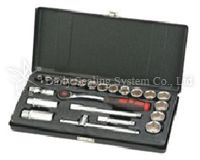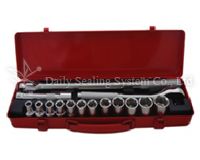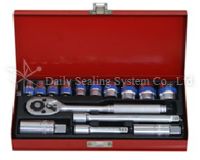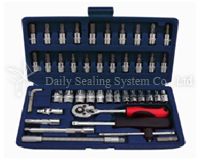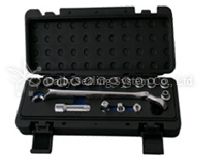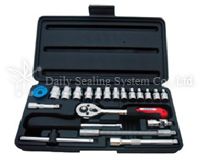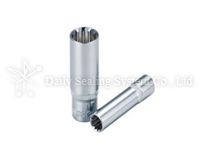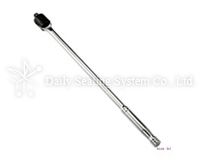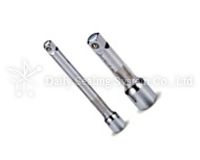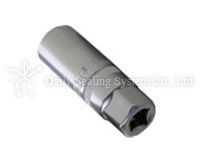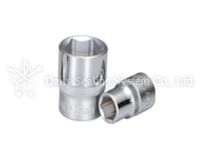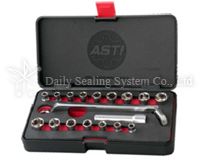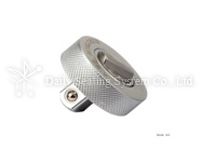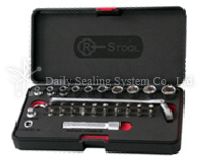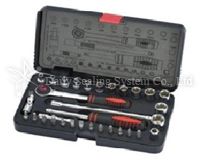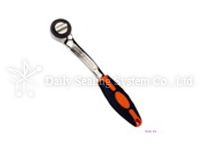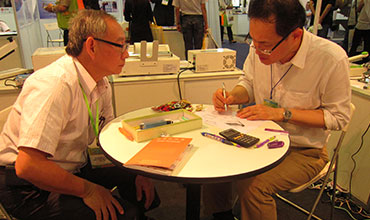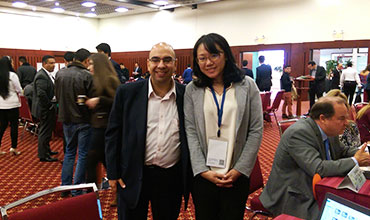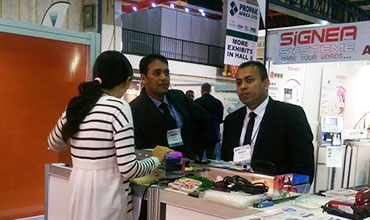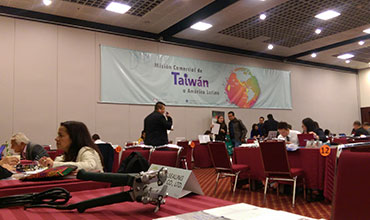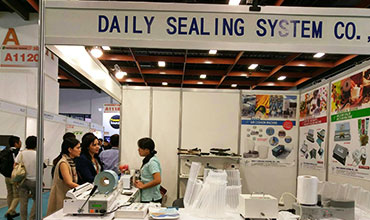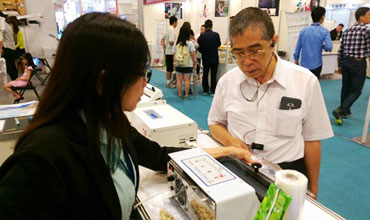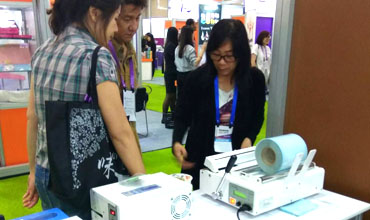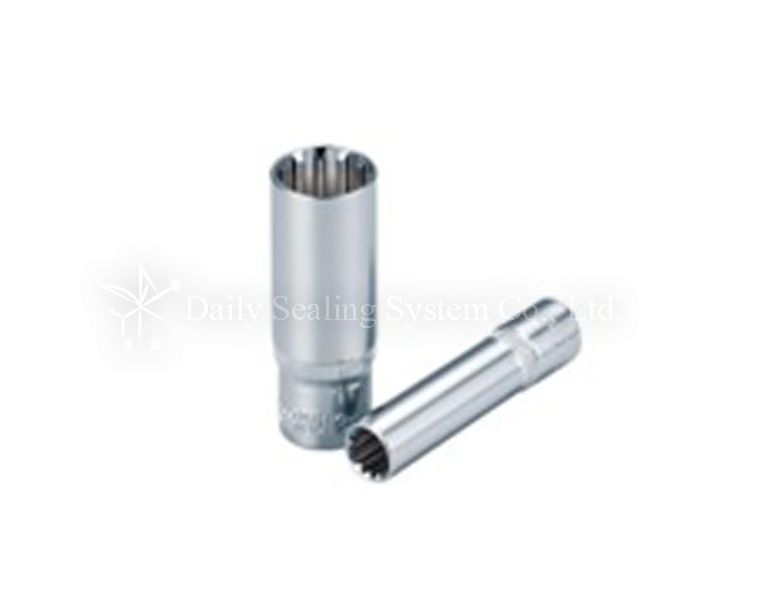
- Detail
1/4"DR DEEP SOCKET 6PT&12PT
| ITEM NO | SIZE (mm) | SIZE(SAE) | L(mm) |
| CMD2104 | 4 | 50 | |
| CMD2104.5 | 4.5 | 50 | |
| CMD2105 | 5 | 5/32" | 50 |
| CMD2105.5 | 5.5 | 50 | |
| CMD2106 | 6 | 3/16" | 50 |
| CMD2107 | 7 | 7/32" | 50 |
| CMD2108 | 8 | 1/4" | 50 |
| CMD2109 | 9 | 9/32" | 50 |
| CMD2110 | 10 | 5/16" | 50 |
| CMD2111 | 11 | 11/32" | 50 |
| CMD2112 | 12 | 3/8" | 50 |
| CMD2113 | 13 | 1/2" | 50 |
| CMD2114 | 14 | 7/16" | 50 |
Specification
You May Also Like
Why Choosing Dailysealing
Parts and material quality control
- Heating elements are from Japan.
- Motor, Transformers, PCB and vacuum bags are made in Taiwan.
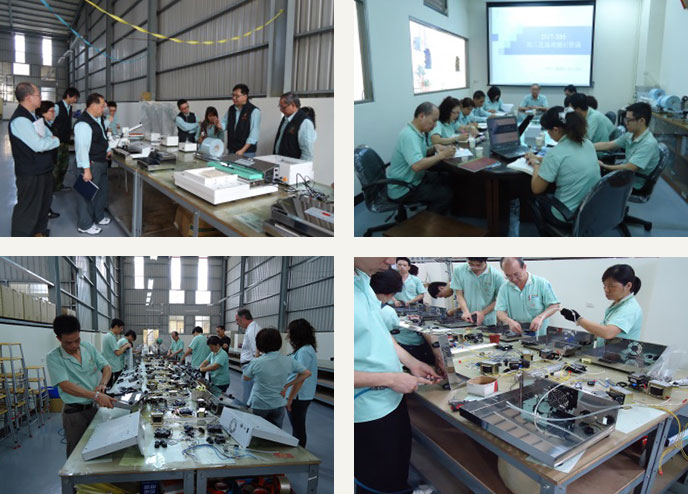
Strict quality control
- 100% product inspection: The inspection is included functions and appearance of sealing machines.
- Tensile strength test to ensure the sealing line tensile strength value reaches the customer standard.
- Electric leakage test: Puncture and insulation test.
- Our production and inspection are all based on ISO 9001.
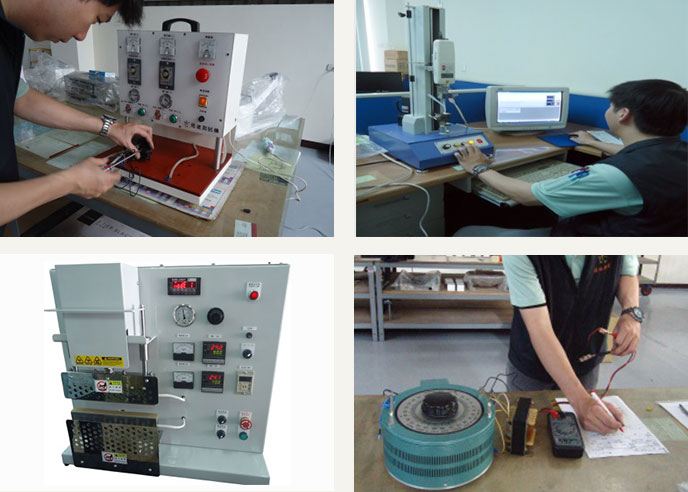
Professional packaging and sealing machine factory
- Produce many kinds sealing machines and ODM/OEM products and provide custom-made services.
- More than 30 year experiences in packaging machines industry.
- Sell sealing machines to America, Europe, Latin America and Asia.
- 85% products in stocks, so we can deliver the products quickly.
- The production process is based on SOP to ensure the quality of sealing machines consistently.
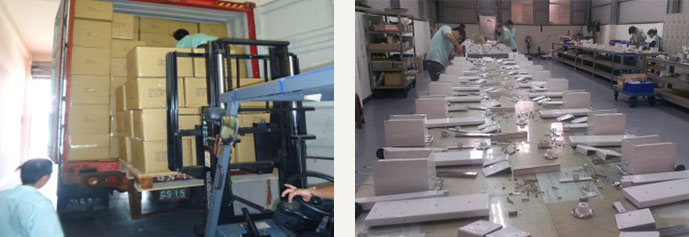
Complete range of specifications of sealing machines
- Complete range of specifications of sealing machines.
- Many kinds of sealing machines and consumptive materials in stocks, so customers can do one-stop shopping here.
- The customers include Biotechnology companies, Medical equipment companies, Food industry, Electronics industry, Handmade soap industry and other industry..
Custom-made sealing machine service
- Custom-made sealing machine service
- Designs of the special sealing machine for irregular shape sealing line, such as U-shape sealing line and L-shape sealing line.
- Different width of sealing line could be custom-made to meet customer requirements.
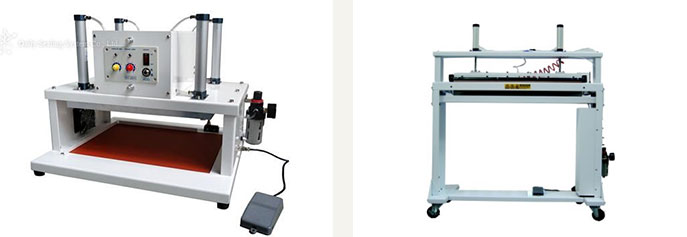
After-sales service of professional sealing machine
- Provide the professional service for repair the broken sealing machine immediately.
- The sufficient supply of parts stock, so don’t worry about the parts replace.
- Some parts of sealing machine are used in common specifications, so it is easy to get the parts for replace.
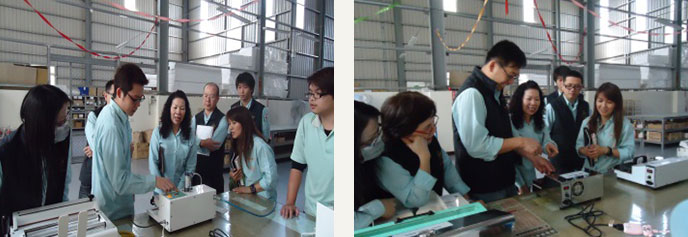
Exhibitions and trade shows
News
.jpg)
2022/12/15
Vacuum Sealer
Vacuum Pack can keep fresh and preserve longer, moisture-proof and volume reduction. Daily has many kinds of vacuum sealer could be chosen. The following is the introduction of Daily vacuum sealer for your reference. ※ Vacuum sealer type: - Non-nozzle
vacuum sealer : suitable for vacuum channeled bags, nylon gusset bags and alum. gusset bags. The length of vacuum bags is not limit. - Nozzle Vacuum Sealer : suitable for vacuum bags. The length of vacuum bags is not limit. There are two type of Daily nozzle
vacuum sealer: motor control and air control. - Chamber type vacuum sealer : suitable for all kind vacuum bags. The vacuum degree of vacuum sealers is the highest. The size of vacuum bags is limited of the vacuum chamber. This vacuum sealer is suitable for
vacuuming liquid and powder. - Vacuum band sealer : there are two type vacuum band sealer could be chosen because of vacuum degree. ※ Two type Vacuum pump: - Oil-less vacuum pump : Suitable for Vacuuming dry and solid articles, such as tea leaves, rice,
beans and electronic component etc. - Oil vacuum pump : suitable for liquid and powder articles. The vacuum degree is higher than oil-less vacuum pump. It needs to change and add the vacuum oil inside the vacuum pump when the vacuum oil is dirty. ※ Vacuum
sealer application: - For food : Keep food fresh. - For other articles : Moisture-proof, anti-mildew, dust-proof, anti-rust. For example: electronic parts. - Volume reduction : fluffy articles such as bed quilt can be reduced the volume and then easy to ship
or storage. ※ Vacuum sealer accessories : - Channel Vacuum Bag : Suitable for non-nozzle vacuum sealer. There are the straight lines on Daily channel vacuum bag. - Vacuum sealer bag : Suitable for nozzle type vacuum sealer and chamber type vacuum sealer.
- Vacuum canister : Daily vacuum canister can be vacuumed by manual or used by non-nozzle vacuum sealer. - Acrylic mold : When vacuuming, it can help the article to make the square shape, such as tea and rice. -Parts-Heating Element, Teflon tape. More details: Click
here
MORE
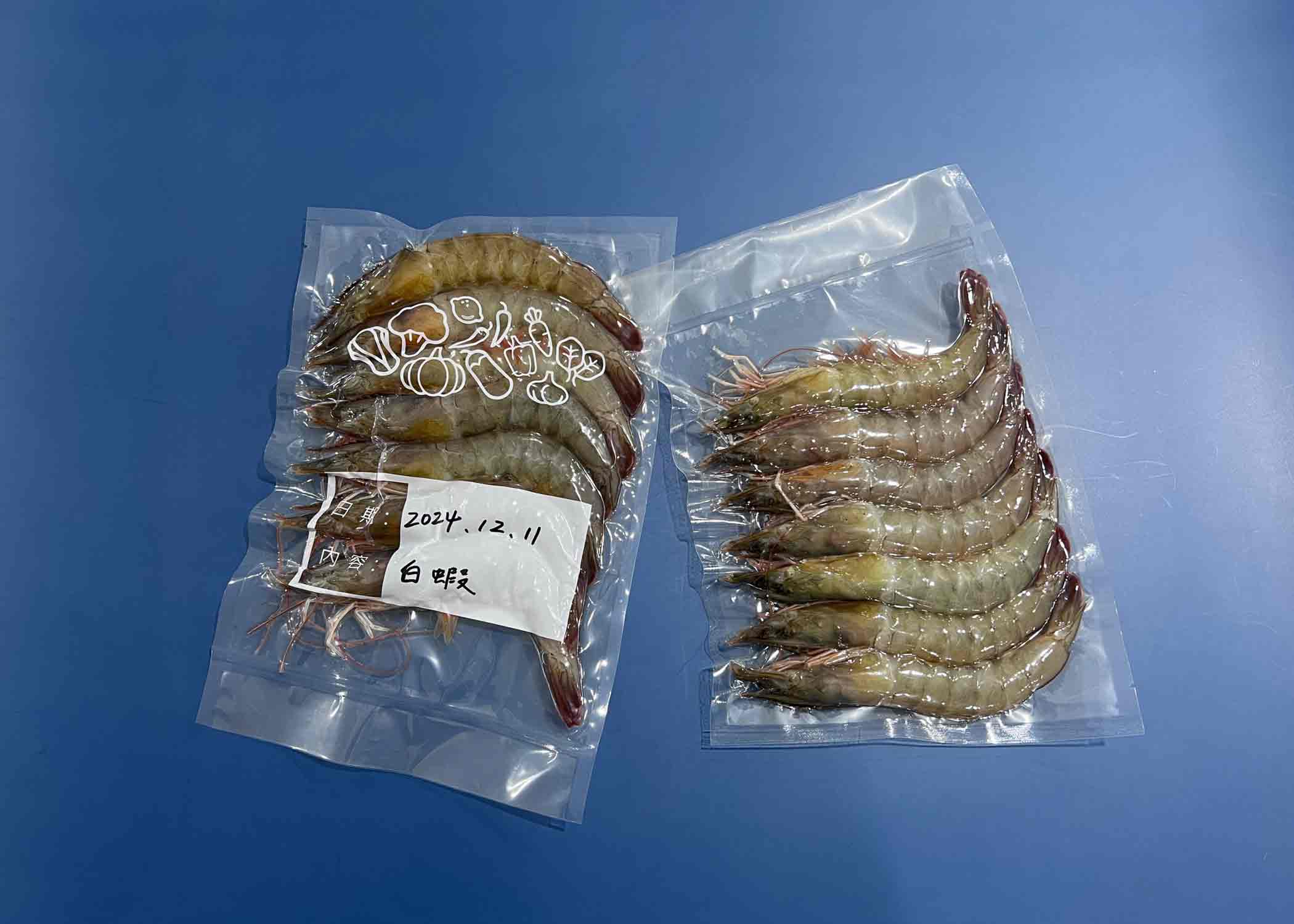
2025/2/18
The Ultimate Freshness Hack for Homemakers: How a Vacuum Sealer Can Extend Food Freshness!
The Ultimate Freshness Hack for Homemakers: How a Vacuum Sealer Can Extend Food Freshness! In today’s busy households, preserving food effectively and minimizing waste is essential for every homemaker. Fresh ingredients are delicious, but they can spoil
quickly if not stored properly, especially when buying in bulk. The vacuum sealer has become a game-changer, helping manage food storage like never before. Here’s how homemakers can use a vacuum sealer to extend the freshness of food, ensuring every meal is
as fresh and delicious as possible! 1. Extend Fresh Ingredient Shelf Life: Stress-Free Meal Prep For busy homemakers, buying fresh meat and seafood in bulk is routine. Using a vacuum sealer to store these fresh ingredients in the freezer effectively blocks
out air, reducing oxidation and bacterial growth, and keeping them fresh. Whether prepping for next week’s family gathering or planning daily meals, a vacuum sealer provides convenience and peace of mind. 2. Lock in Freshness for Dry Goods and Snacks: Ready
to Enjoy Anytime Staple items like nuts, grains, and even kids' favorite snacks are often hard to keep fresh once opened, quickly becoming stale or damp. A vacuum sealer not only extends the shelf life of these foods but also preserves their original crunchy
texture. Simply portion and seal them—each time you open a bag, it’ll be as fresh as when you first bought it! 3. Maximize Fridge Space: Organized and Easy to Access Vacuum sealers also help homemakers optimize fridge space. By portioning and vacuum-sealing
foods as needed, you not only extend freshness but also save room. From vegetables and meats to fruits, everything can be neatly stored in the fridge, making it easier to access and helping you track what’s left, avoiding unnecessary purchases. 4. Preserve
Flavor for Spices and Homemade Marinades: Enhancing Every Dish For homemakers who love cooking, spices and homemade marinades are a must. A vacuum sealer lets you store spices effortlessly, keeping them fresh and protected from moisture. Besides, if you enjoy
making your own marinades, vacuum sealing speeds up the marinating process and intensifies flavor, making every home-cooked meal more delicious and rich in taste. 5. Reduce Food Waste: Make Every Meal Count For budget-conscious homemakers, a vacuum sealer
is a fantastic tool for reducing food waste. By portioning and vacuum-sealing items that may not be used immediately, you can extend their freshness and minimize waste, ensuring that each meal is filled with care and intention. Conclusion Whether you’re
buying fresh ingredients in bulk or trying to keep snacks and dry goods from going stale, a vacuum sealer offers a convenient, efficient way to preserve food. Let each ingredient stay at its best, keeping every meal fresh, healthy, and tasty. Discover the
joy of a kitchen full of surprises and fresh flavors with a vacuum sealer—your ultimate tool for food preservation!
MORE
.png)
2025/2/18
Vacuum Packaging in the Foodservice Industry: Enhancing Efficiency, Freshness, and Quality
Vacuum Packaging in the Foodservice Industry: Enhancing Efficiency, Freshness, and Quality In modern foodservice, vacuum packaging has become an essential tool for many restaurants and food businesses. This technology not only helps extend the shelf life
of ingredients but also improves food quality, reduces waste, and enhances operational efficiency. Here are the main applications of vacuum packaging in the foodservice industry: 1. Extending the Freshness of Ingredients For restaurants, managing the freshness
of ingredients is crucial. Vacuum packaging effectively isolates food from air, reducing oxidation and bacterial growth, which helps extend the shelf life of ingredients. Whether it's meat, vegetables, or seafood, vacuum packaging helps preserve freshness
and reduce spoilage, ensuring less food waste. 2. Prepping Ingredients for Increased Efficiency During busy times, restaurants often need to prep ingredients in advance. Vacuum packaging allows kitchens to prepare ingredients ahead of time while maintaining
their freshness. For example, vacuum-sealing chopped vegetables, marinaded meats, or pre-mixed seasonings ensures quick access to fresh ingredients when needed. This increases efficiency and speeds up food preparation. 3. Improving Consistency and Quality
of Dishes Vacuum packaging ensures consistency and quality, which is especially important in high-end or chain restaurants where customers expect a high standard. By vacuum-sealing ingredients before cooking, restaurants can better control the quality of food,
maintaining consistent taste, texture, and presentation. This results in a more reliable dining experience for customers. 4. Long-Term Storage of Frozen Foods For ingredients or prepared dishes that need to be stored for a long period, vacuum packaging is
ideal. Restaurants can vacuum-seal and freeze pre-made dishes (like roasted meats or stews) to retain their flavor and quality. Vacuum packaging minimizes freezer burn and moisture loss, ensuring that food stays in top condition even after extended storage.
When needed, the vacuum-sealed food can be defrosted and reheated for quick service. 5. Reducing Kitchen Waste Vacuum packaging helps reduce food waste in restaurant kitchens. By extending the shelf life of ingredients, restaurants can buy in bulk and store
leftovers properly without worrying about spoilage. This reduces food waste and cuts costs, helping businesses operate more efficiently. 6. Food Delivery and Takeout With the rise of food delivery services, many restaurants need to ensure that food maintains
its quality during transportation. Vacuum packaging plays a significant role in the takeout business by preserving the freshness of food while preventing texture and flavor changes during delivery. This ensures a better customer experience and helps sustain
the quality of food in takeout or delivery orders. 7. Meeting Special Dietary Needs Vacuum packaging can help restaurants cater to customers with special dietary needs (such as allergies or vegetarian diets). Restaurants can prepare meals in advance according
to specific dietary requirements and vacuum-seal them for storage. This ensures that the food remains fresh and safe while meeting customer preferences or restrictions. Conclusion Vacuum packaging technology offers multiple benefits to the foodservice industry,
from improving ingredient management and reducing waste to enhancing food quality and customer satisfaction. As the demand for high-quality food and efficient service continues to grow, vacuum packaging will undoubtedly become an indispensable tool in the
future of foodservice operations.
MORE
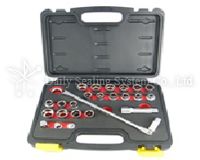
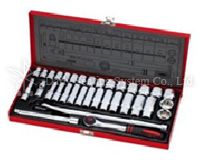


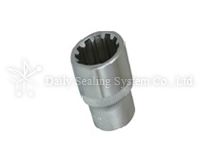

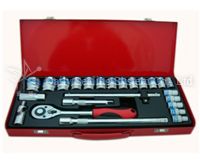
_1.jpg)

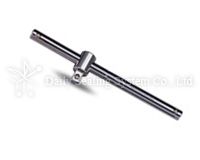
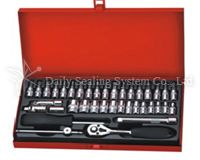
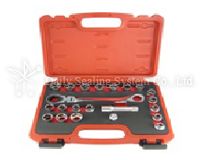
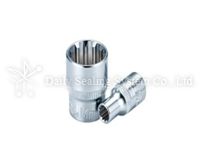
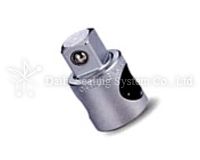
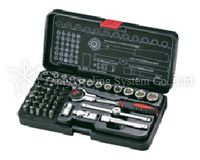
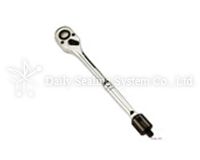
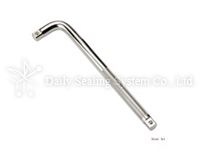
_1.jpg)
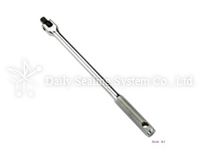
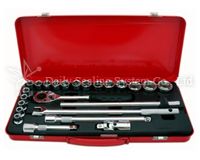
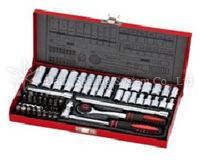
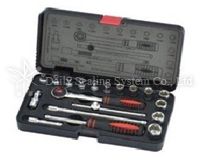
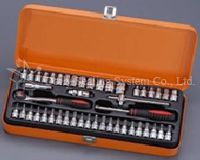
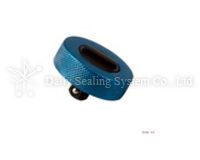
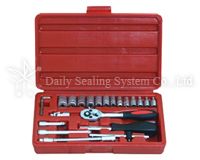
.jpg)
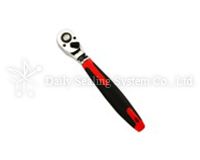
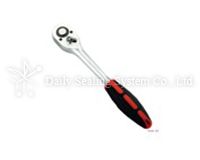
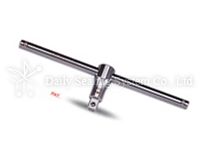
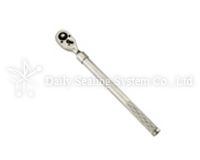
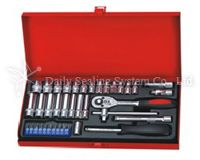
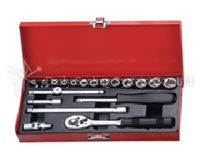
_1.jpg)
